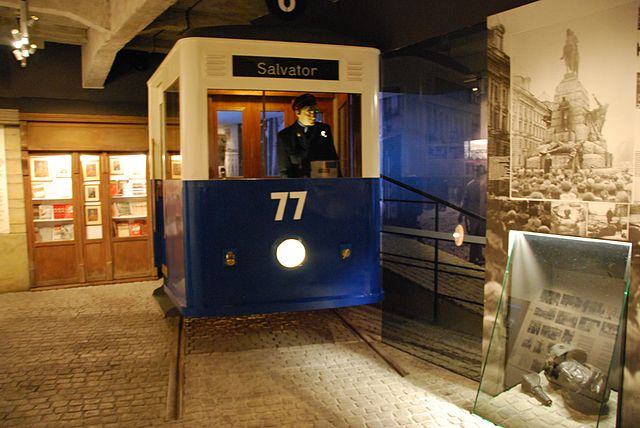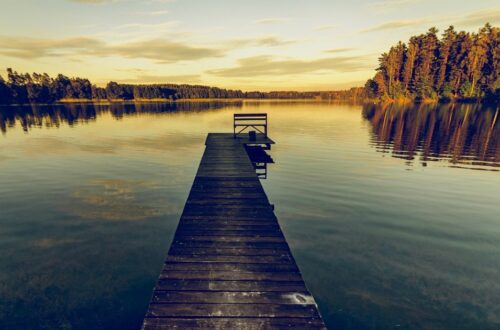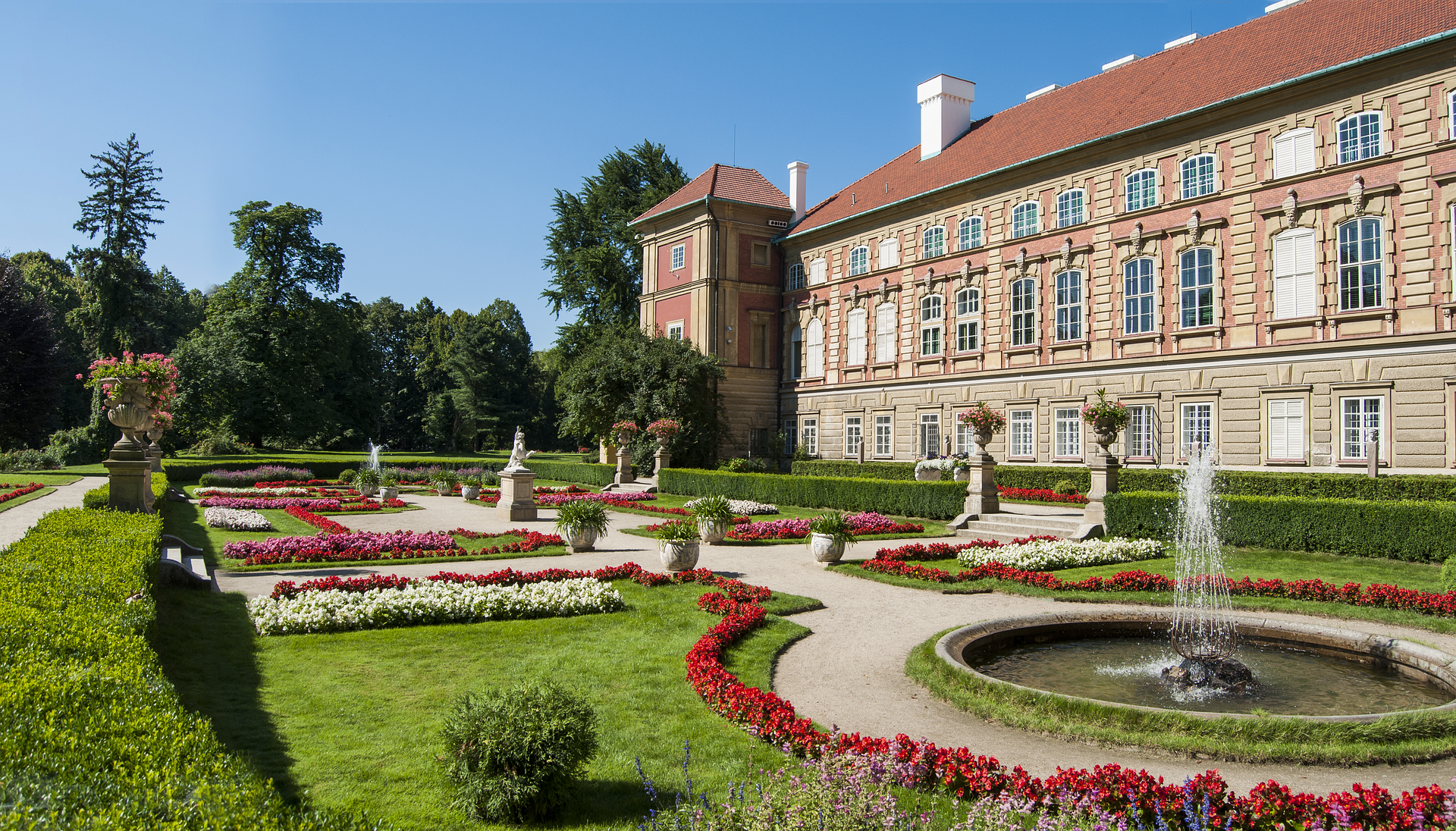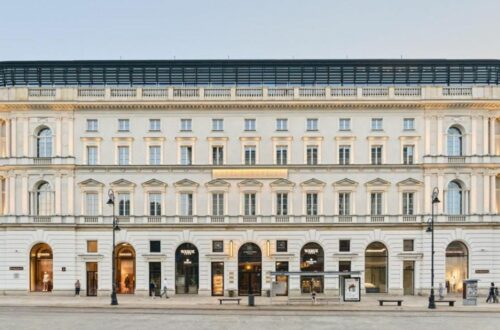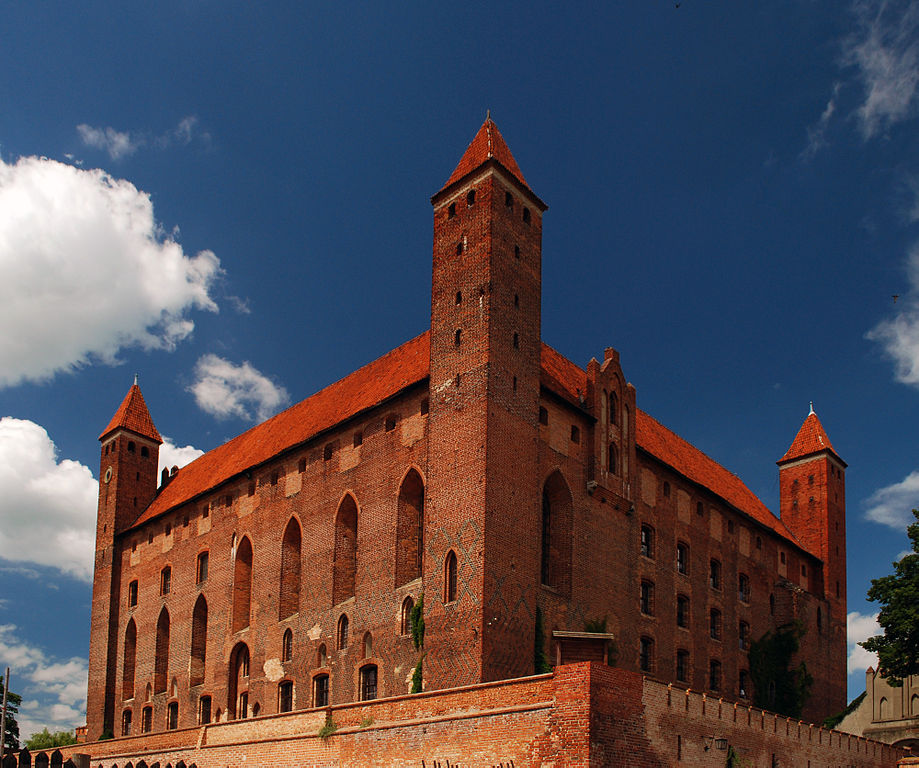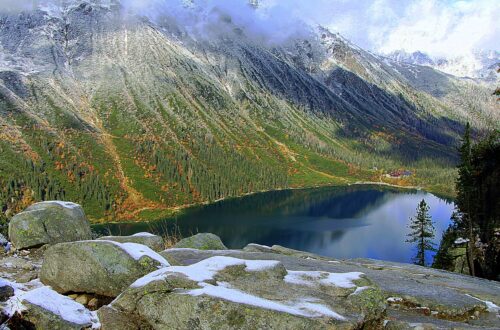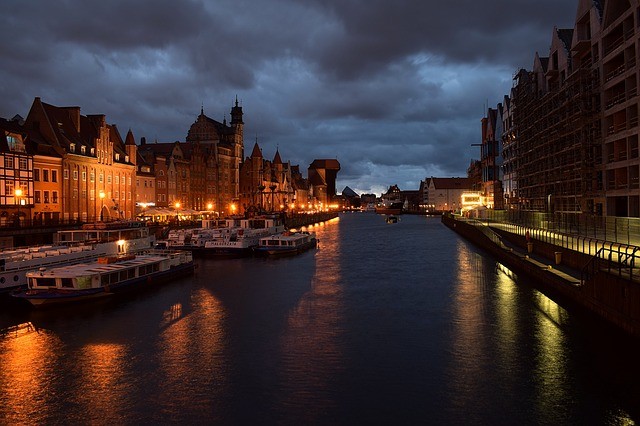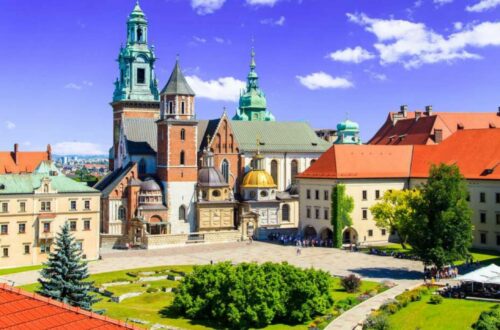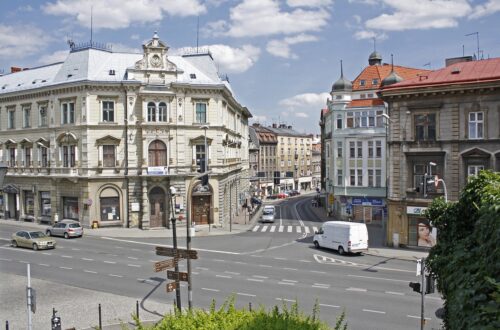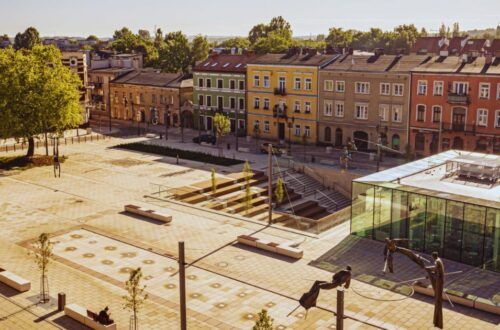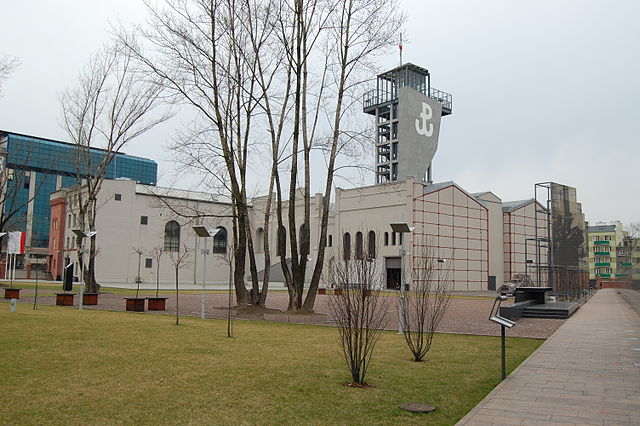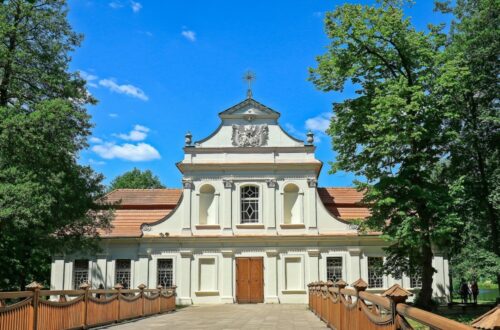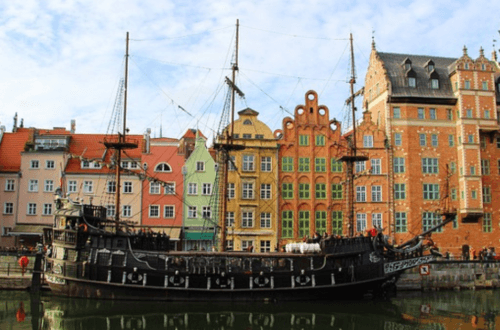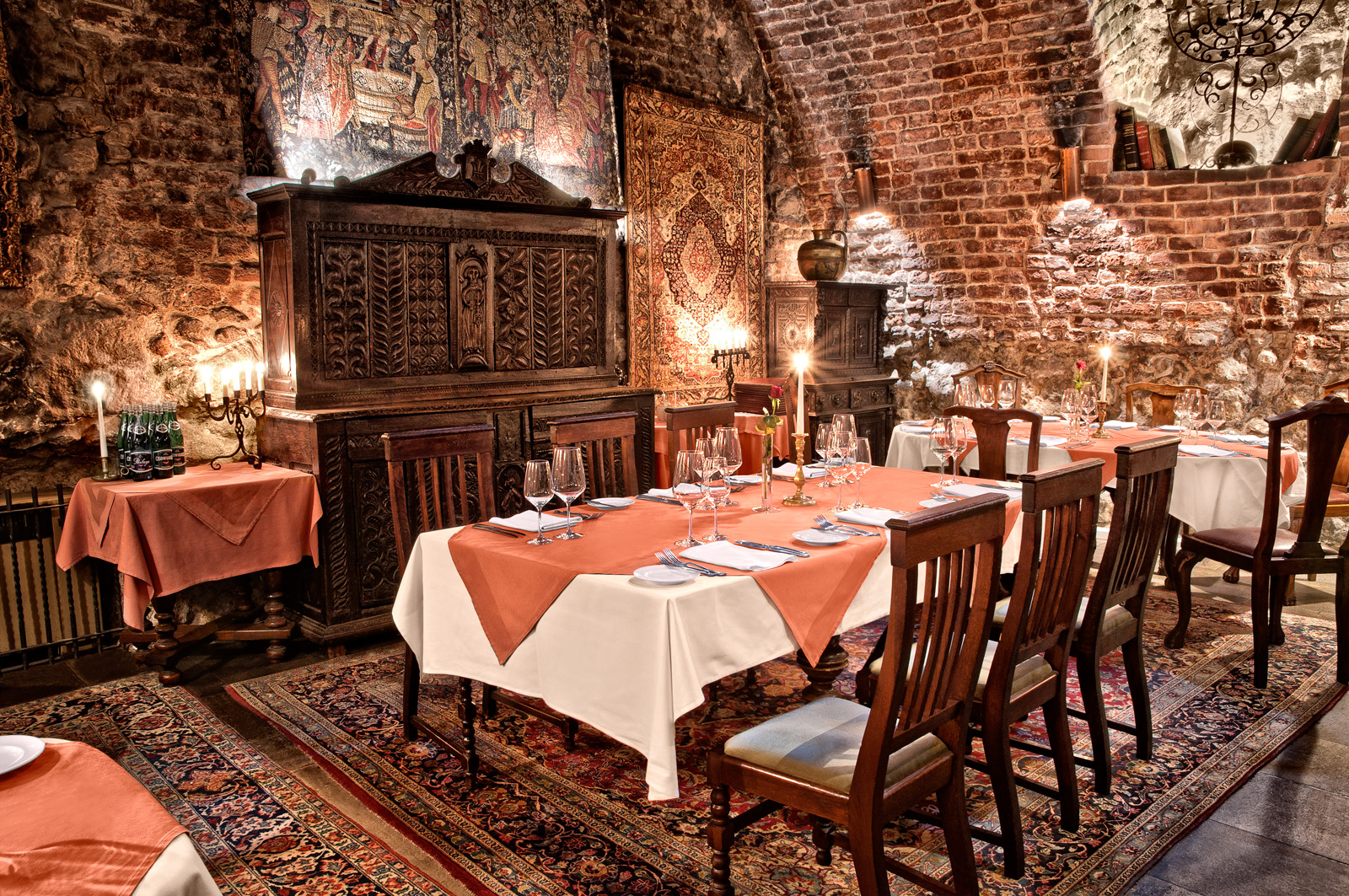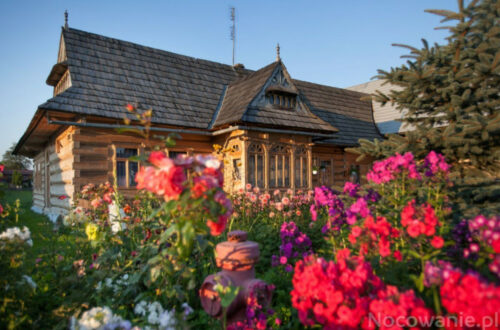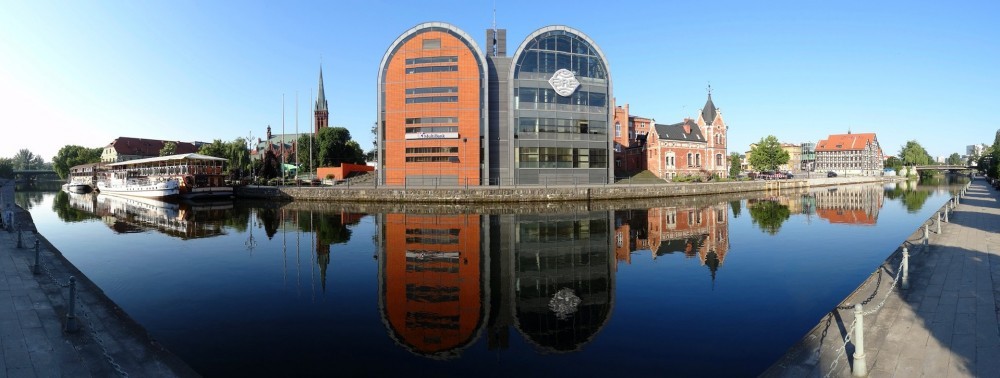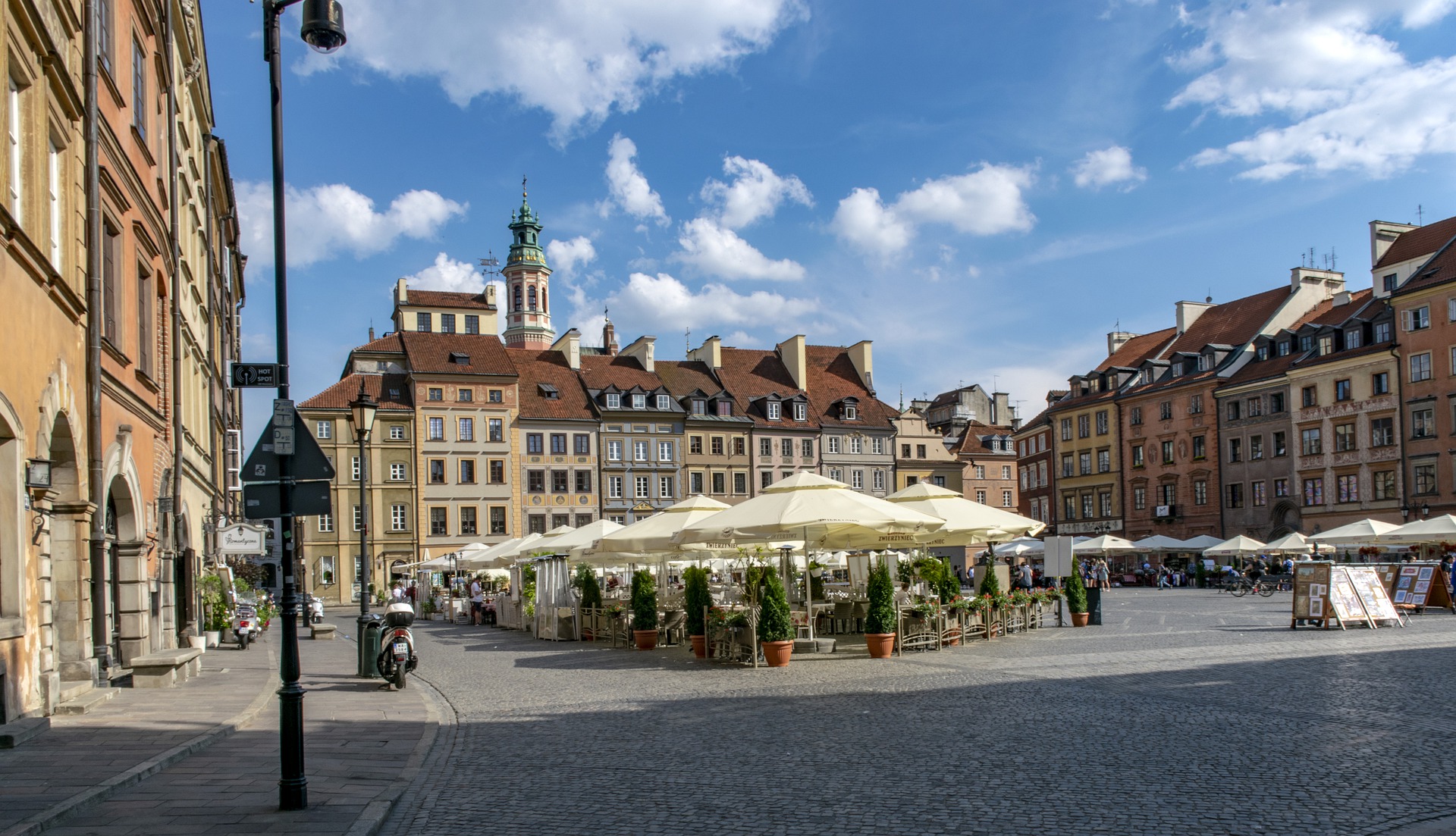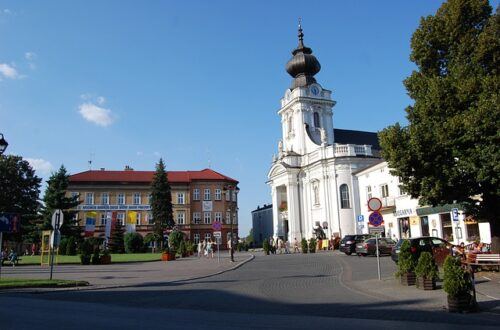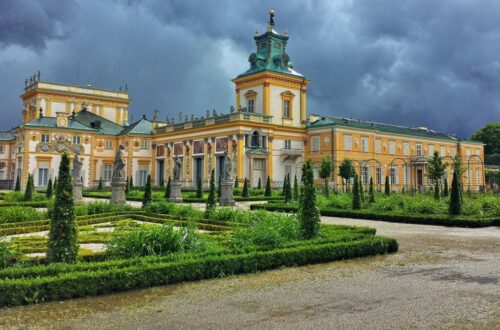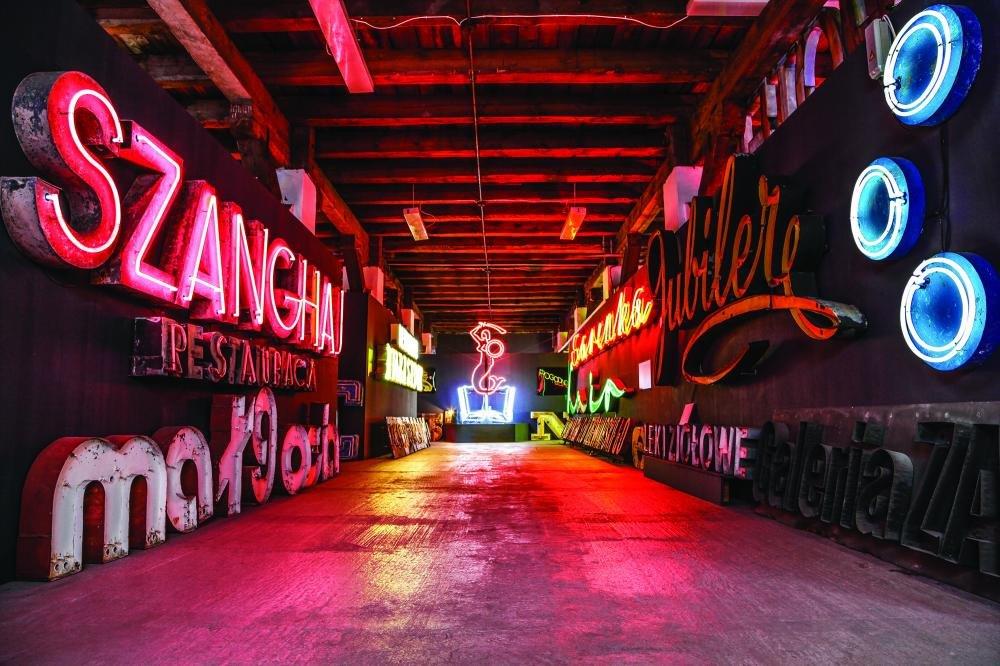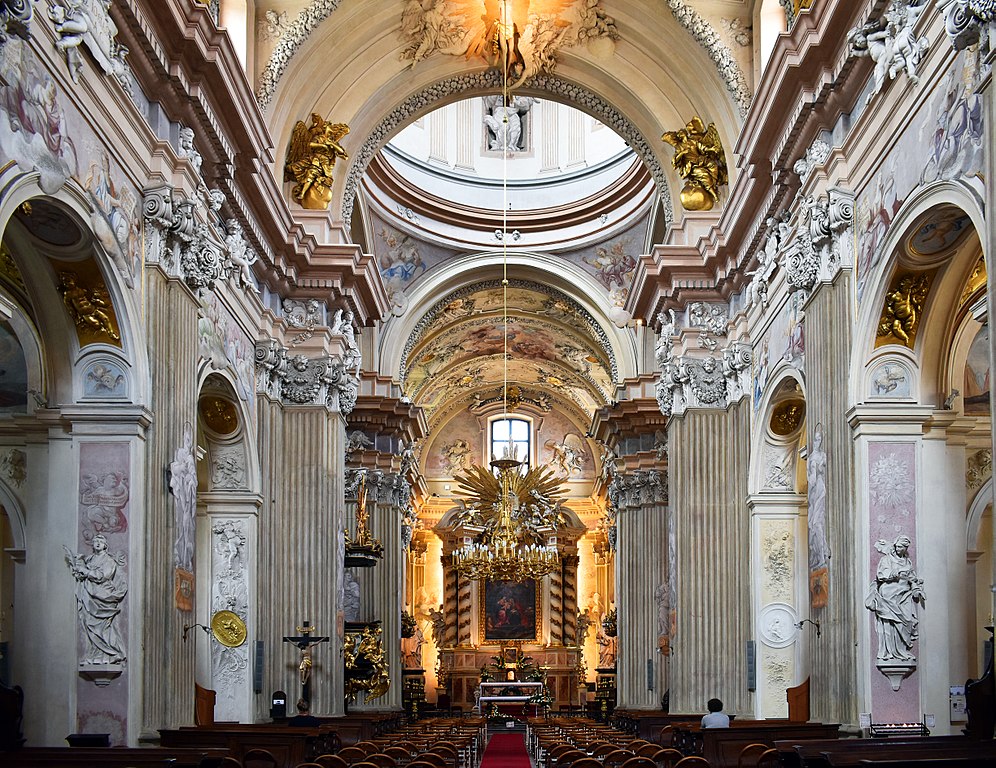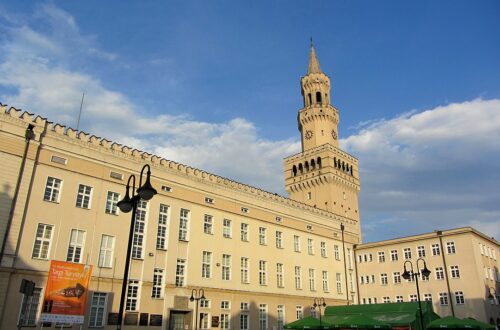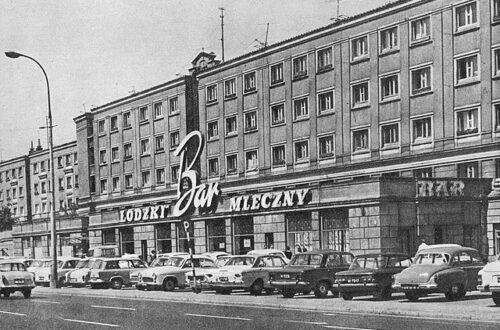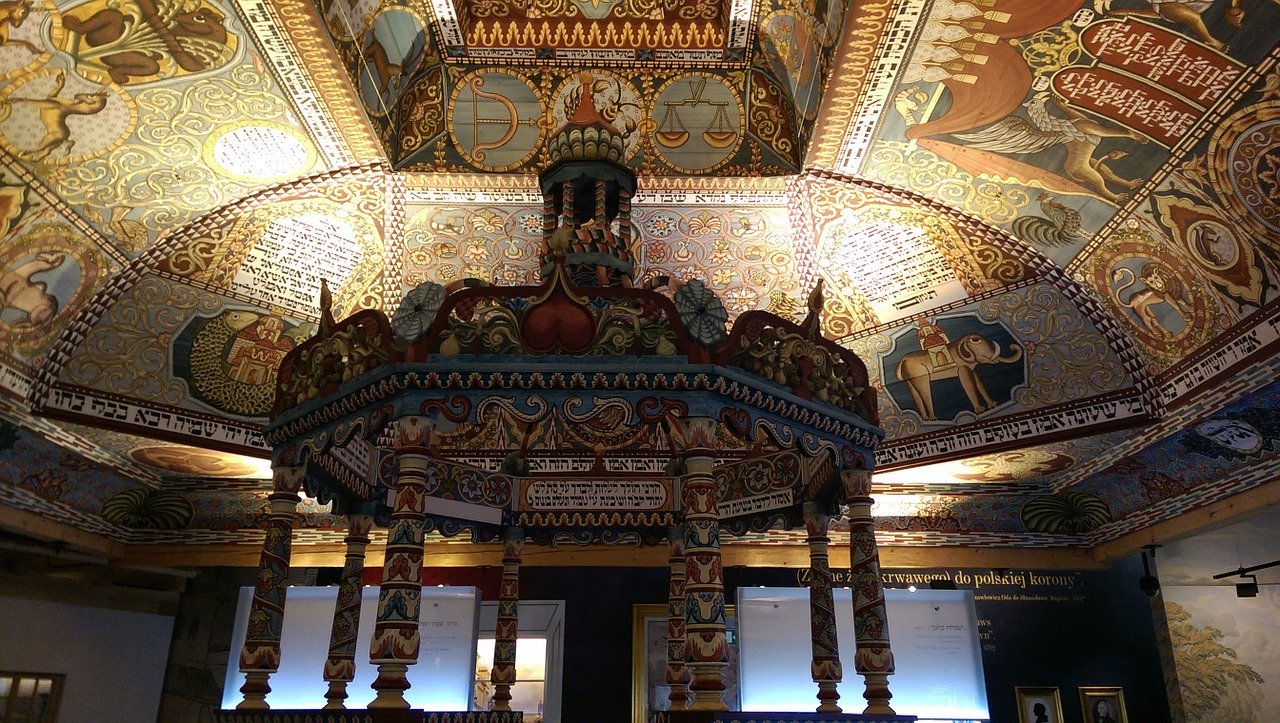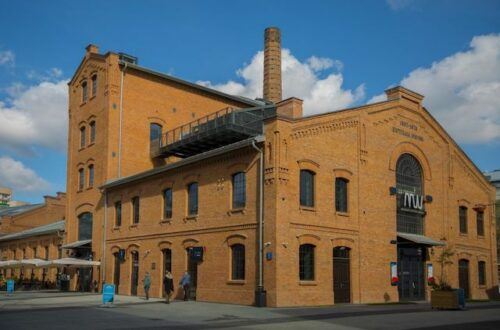-
Oskar Schindler’s Factory – Krakow
Oskar Schindler Factory Museum is amongst the most visited tourist attractions in Krakow. This significant landmark is a must-see for every visitor, especially those who have a keen interest in Poland’s history and culture. Schindler’s List, the 1994 Academy Award Winning Film by an award-winning producer Steven Spielberg, paints a picture of the heroic businessman, Oskar Schindler, who risked everything to save lives of hundreds of people. Before the Second World War, Krakow had one of the largest Jewish settlements in Poland. Many Jews had to relocate in search of a better life and secure future due to the turmoil, war, and the Nazi invasion ravaging Poland and its cities at…
-
Bimber – Traditional Polish Moonshine
Although moonshine has been banned for a long time, Poles have never been bothered about it. They make moonshine – just like their fathers and ancestors. Home-made moonshine is still prevalent in Poland and has become an integral element of culture and tradition. What exactly is moonshine? Moonshine is basically a jargon term for home-made distilled spirits that were produced secretly and illegally, without state authorization. Moonshine emerged in popularity in the nineteenth century due to the restriction of alcohol liberties by the authorities. Appropriately made, it is merely very strong alcohol with a very hard taste, or “kick,” because it hasn’t been aged. It is usually very potent; some people distill out to 191 Proof…
-
How To Spend 48 Hours in Gdansk
When it comes to planning a city break in Poland, Gdansk may not come to mind, but this lovely city is in a league of its own. It is one of Poland’s most culturally and historically significant cities. Though it may not be as popular as Krakow in terms of the number of visitors, it is an ideal destination for an unforgettable weekend getaway. Popularly known as Polish Amsterdam, Gdansk has its name engraved in the history books. The first gunshot that signaled the beginning of the Second World War was fired just 20 minutes north of the city’s downtown. Not only that, the Solidarity movement that eventually saw the…
-
The Warsaw Uprising Museum – Everything You Need To Know
On Tuesday, 1 August 1944, at 17.00, the Warsaw Uprising broke out. It was one of the most important and also the most dramatic events recorded on the pages of the city’s history. Planned for several days, it lasted over two months. The best way to honor the insurgents and learn more about these tragic events is a visit to the Warsaw Uprising museum. Controversial Uprising The Warsaw Uprising ended in defeat mainly for political reasons. J. Stalin was contrary and discouraged the Polish underground from staging an uprising against the Germans. The victory of the uprising would stop his plans to make Poland dependent on the Soviet Union. The head…
-
Polish Milk Bar – Real Communist-Era Experience
Polish milk bars are places that are a combination of traditional food and Polish identity. They used to be a permanent element of the gray reality in the PRL. Recently these cheap places are experiencing fame again and becoming a shelter for various people from all walks of life. Food The definition of a milk bar was evolving. They used to be places where fresh dishes were made from necessary, cheapest products, such as dairy products (hence the name “milk bar”), flour, and cereal. Even in baked beans, there should not be a piece of meat or sausage, and the only variety was tomato sauce. The menus in all bars were…
-
Interesting Facts About Poland That Will Surprise You
I was born and raised in Poland. However, I never realized that Poland has so many interesting facts. Poland has a rich history and cultural heritage, but it hides some secrets that many may not know. There are plenty of facts about us. Some of them can be funny, others – weird. Let’s take a look at those interesting facts! It Is Said that Polish is Quite Difficult to Learn. As a Slavic language, Polish is one of the most challenging languages for foreigners to learn. People want to learn Polish, but they are afraid that it’s too difficult. Here is why. For many people trying to learn Polish, one of the biggest problems is the…
-
48 hours in Warsaw
Are you lucky enough to have a stopover in Warsaw? 48 hours in Warsaw can be enough to see the most significant places in Poland’s capital. At the end of your weekend escapade, you will have more than enough reasons for a return trip. Warsaw is a perfect European destination for a weekend getaway with literally hundreds of things to see and places to go. If you try to visit as much sight as possible on such a short visit, you will be disappointed. Here’s our top suggestion during your 48-hour stay in Warsaw. Day 1 Palace of Culture & Science Start off your day’s tour with a stunning view…
-
The Neon Museum Warsaw
In communist times Poland was not associated with multi-colored streets, but there was something that broke the ordinary grey reality. The gloomy cities began to brighten only in the late 1950s when the project of “neonization” was announced on the wave of enthusiasm. In recent years, neon lights have become an object of excitement again. The reason that people are so crazy about old neon lights is primarily the nostalgia for the PRL, as well as a growing interest in the post-war history of Polish cities. During this wave, the Neon Museum in Warsaw within the Soho Factory complex was established. Neons in The World The first Neon appeared in the…
-
Famous Churches in Krakow you Must-See
Want to see one-of-its-kind architecture while vacationing in Krakow? Would you like to know where the city’s main wealth lies? Visit Krakow churches. Despite its modern age, Krakow never forgets its root. The town maintains its rich culture and traditions evident in its churches and other religious sites. Krakow churches are plentiful; hence it is impossible to explore all. On the city’s touristic map, there are over 350 churches listed for you to choose from. Equally impressive is the fact that no two church has similar features. Each church boasts its own unique feature, so there’s something to admire. Here are the best five churches in Krakow recommended to visit.…
-
5 Best Museums in Warsaw
What better way to learn about the rich history and culture of a particular destination than by visiting a museum? In Warsaw, you’ll find a handful of inspiring museums which gives visitors a chance to learn more about all that there is to know about the city and Poland in general. So if you’re in Warsaw and thinking of the best places to visit, check out the five best museums in the capital of Poland that will take you back in time. 1. Warsaw Uprising Museum This is one of Warsaw‘s most historically significant museums. Dedicated to the departed souls who stood up against the Nazis during Warsaw Uprising in…
